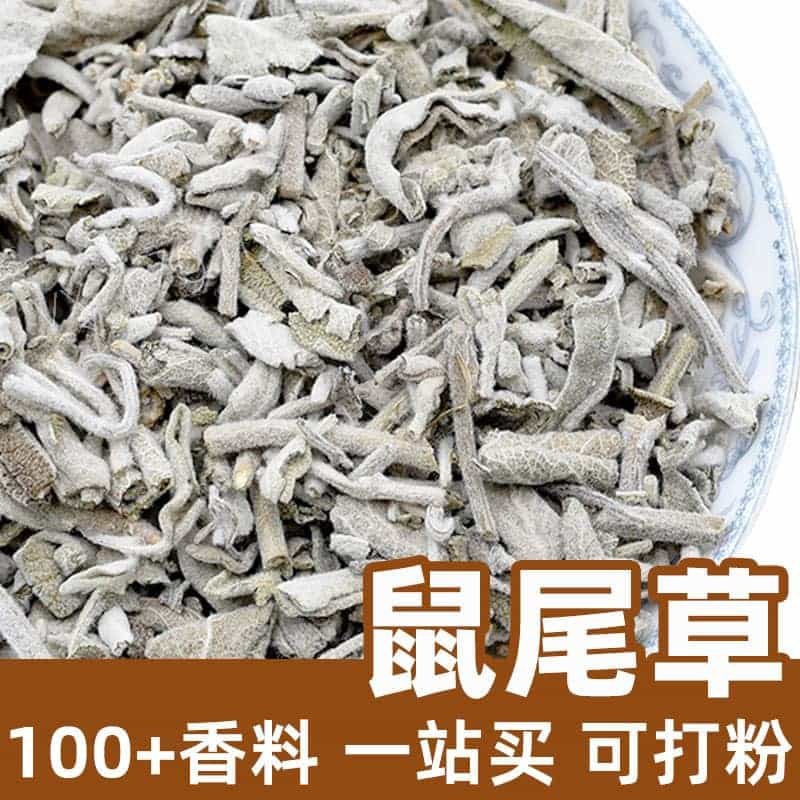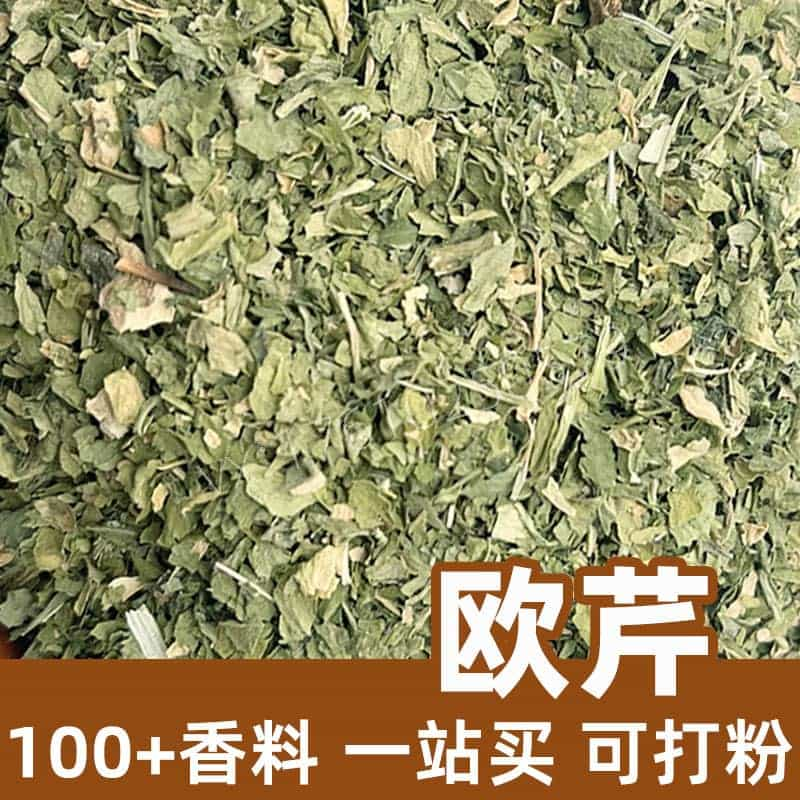Product Introduction
Ajowan, also known as carom seeds, is a spice with a rich culinary and medicinal tradition, particularly in South Asian and Middle Eastern cuisines. The seeds are obtained from the plant Trachyspermum ammi, a member of the Apiaceae family. Ajowan's distinct flavor and aroma enhance a variety of dishes, from lentil preparations to pickles and breads.
The unique properties of ajowan are attributed to its high content of thymol, a compound known for its antibacterial and antifungal qualities. Originating from the Indian subcontinent, ajowan has been utilized in Ayurvedic medicine for its digestive benefits, including alleviation of gas and bloating.
In cooking, ajowan is typically used in whole seed form, often tempered in hot oil to release its essential oils and maximize flavor before being added to dishes. Its strong flavor profile allows it to be used sparingly, usually at a dosage of ¼ to ½ teaspoon per dish. Additionally, ajowan pairs well with various ingredients such as vegetables, legumes, and meats.
In essence, ajowan is not just a culinary delight but a spice with significant health benefits, making it a valuable addition to the global spice market.
Aromatic Chemical Composition
Ajowan exhibits a complex aromatic profile, primarily due to its essential oil content. The dominant compound, thymol, provides a warming sensation and antiseptic qualities. Other compounds include:
- Carvacrol: Contributes to the spice's pungency and has antifungal properties.
- Gamma-Terpinene: Offers antioxidant effects.
- Beta-Pinene: Adds a slightly woody aroma and is noted for its respiratory benefits.
What Types of Products Are Available?
Ajowan is available in various forms, including:
- Whole seeds: Used for tempering and seasoning.
- Ground ajowan: Ideal for blending into spice mixes and pastes.
- Ajowan essential oil: Used in aromatherapy and as a natural preservative.
- Ajowan extract: Utilized in supplements and herbal medicines.
Application Scenarios and Usage Dosage
Ajowan finds extensive applications across culinary, medicinal, and cosmetic fields. In culinary practices, it is predominantly used in Indian, Middle Eastern, and African cuisines. Here’s a detailed look at its applications and usage dosages:
Culinary Uses
- Tempering: Ajowan seeds are often tempered in hot oil, which enhances their flavor before adding other ingredients, such as in lentil dishes (dal) or curry bases. A common dosage is about ¼ to 1 teaspoon per 4 servings.
- Bread and Baked Goods: Ajowan can be incorporated into breads, flatbreads, or parathas. A dosage of ¼ to ½ teaspoon per cup of flour is generally effective.
- Pickles and Preserves: Due to its preservative properties, ajowan is frequently added to pickling mixes. A recommended amount is 1-2 teaspoons per quart of pickles.
- Vegetable and Legume Dishes: Ajowan complements dishes with peas, beans, and lentils. A standard dosage ranges from ½ to 1 teaspoon to balance the flavors.
- Soups and Stews: Adding ajowan to soups can enhance their aroma and flavor. It can typically be added at a rate of ½ teaspoon per quart of soup.
- Medicinal Applications: Ajowan is utilized in Ayurvedic medicine for its digestive properties. Typical forms include ajowan tea, which requires steeping ½ teaspoon per cup of water.
- Infusions and Oils: Ajowan can be infused in oil for salad dressings or vinegar-based preparations, using a dosage of 1 teaspoon of ajowan seeds per cup of oil.
Dosage Considerations
Due to its intense flavor and medicinal potency, ajowan should be used judiciously. While there are no specific toxicity concerns with recommended culinary doses, overconsumption may lead to gastrointestinal discomfort.
In summary, ajowan’s versatility in the kitchen, combined with its numerous health benefits, makes it an indispensable spice for both home cooks and professional chefs. Its application may vary based on dish type and personal taste, allowing for a vast range of culinary explorations.
Introduction to the Source Plant, Distribution, and Growing Environment
Ajowan comes from the herbaceous plant Trachyspermum ammi, which thrives in warm, dry climates. Native to the Indian subcontinent, ajowan is also cultivated in parts of the Middle East and North Africa. Typically, the plant grows in well-draining soil and requires full sunlight to flourish, with moderate watering to support seed development.
The plant can reach heights of up to 60 cm (24 inches) and produces delicate white flowers that eventually form into the small, ridged seeds recognized as ajowan. The distribution of ajowan cultivation can be observed in Indian states like Rajasthan and Gujarat, as well as across the borders in Pakistan and Iran.
Harvesting, Processing, and Storage Preservation
The harvesting of ajowan is conducted when the seeds are fully matured, usually during the late summer months. The plants are cut and left to dry in the field for some days before the seeds are threshed and collected.
Post-harvest, ajowan seeds are cleaned and sorted to ensure quality. To preserve their potent flavor and aroma, it is essential to store ajowan seeds in airtight containers, kept in cool, dark environments, away from moisture and direct sunlight. Proper storage can help maintain the quality of ajowan for 1 to 3 years, after which the seeds may begin to lose their flavor and aromatic qualities.
In conclusion, ajowan stands out as a complex spice with a wealth of culinary and health applications, making it a valuable addition to kitchen pantries and traditional medicine cabinets alike.
Monica Sun is a seasoned expert in the natural raw materials industry, with over a decade of experience specializing in traditional Chinese medicinal herbs, spices, and fungi. She is skilled in the sourcing, processing, and application of these materials, emphasizing sustainability and innovation. Monica Sun has contributed to the development of high-quality natural raw materials that serve as essential components in functional foods, pharmaceuticals, and cosmetics, delivering tailored solutions to meet diverse market needs.








.jpg)


.jpg)


